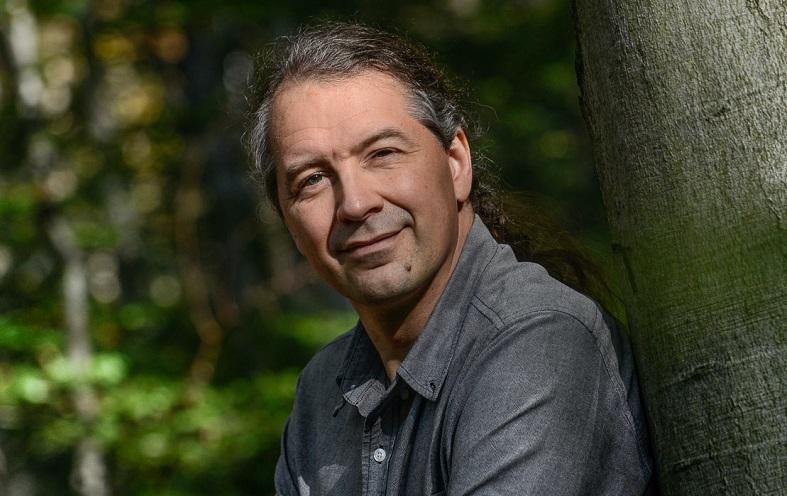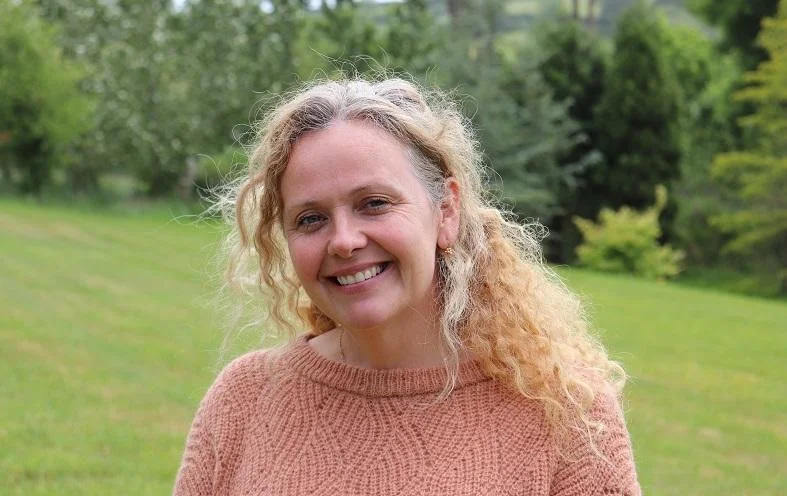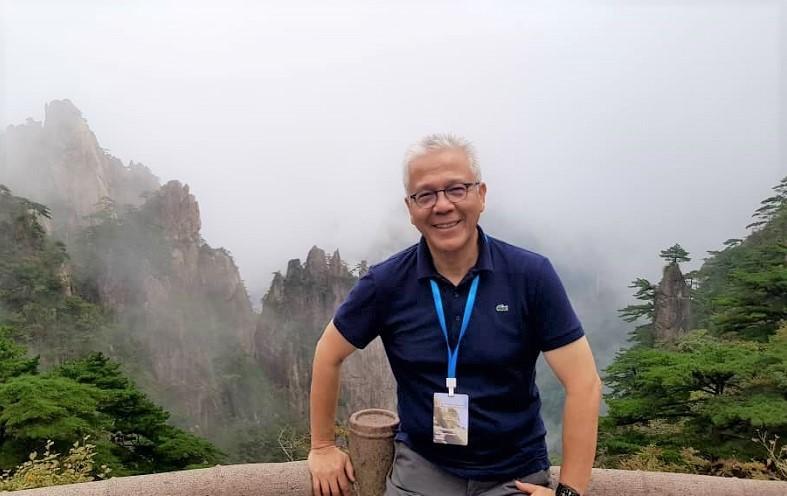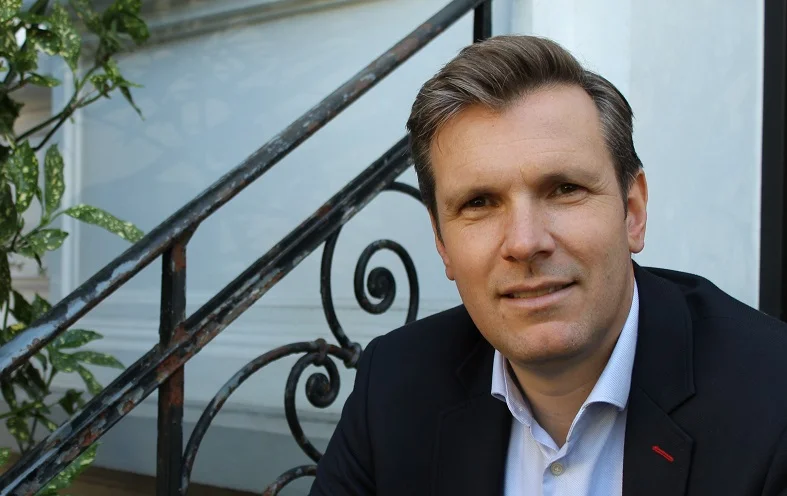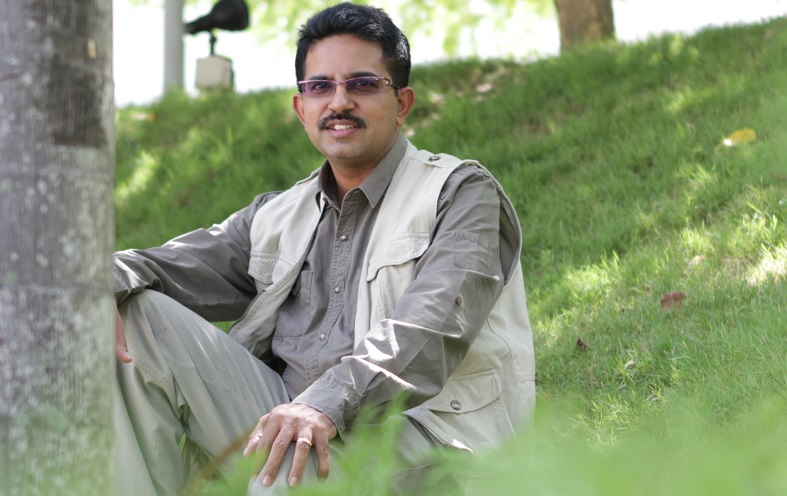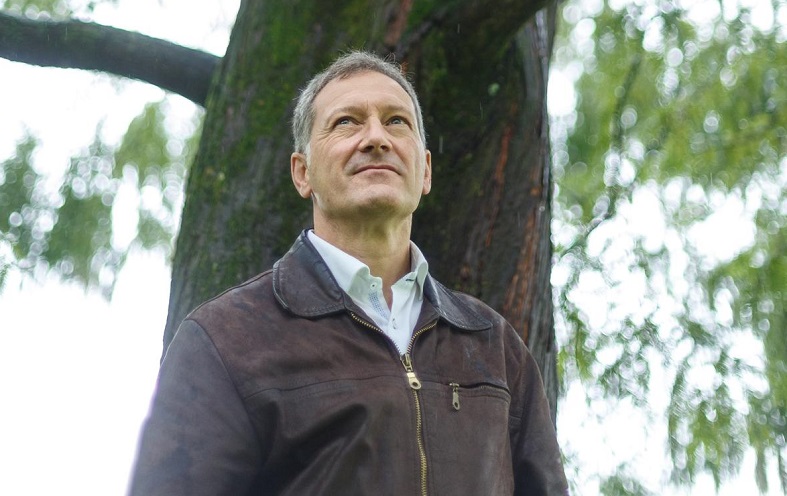
Sustainable destination management and development – how to do it, and how to overcome the various pitfalls and hurdles? Those are questions which Urs Wagenseil has been focusing on as a Professor at Hochschule Luzern – Lucerne University of Applied Sciences. Urs previously held positions as a destination manager as well, and this practitioner experience has allowed him unique insights into the fast-changing world of destination management, some of which he shares in this interview.
Urs, together with UNWTO and supported by ie business school you recently launched a free MOOC course on Sustainable Destination Management. Briefly, what motivated you to engage with this initiative?
There were several reasons that motivated me to design such a course. First, I found the initiative of the UNWTO to launch such training courses commendable. But I was also motivated by the possibility of thematic freedom because the range of courses on offer in spring 2021 was still very modest.
And then there were the chosen topics of “Destination Management” and “Sustainable Development”, both of which are fundamentally central tourism topics and belong in my portfolio of teaching, research and consulting, as well as a convincing request and promise from Georgia, from Ms Manana Ugulava, to support me in the technical implementation of the course.
And finally, I was also attracted by the idea of taking on something new, even though I really wasn’t bored.
What is the course about?
In a nutshell, it is about merging the two core issues mentioned above. With the launch of the 17 SDGs, the issue of sustainability is on everyone’s lips and needs roadmaps for transfer to tourism.
In addition, it is finally being recognised more and more that healthy tourism development is not primarily triggered by marketing, but by more comprehensive management. The latter, however, is still being done too hesitantly in developed countries, where false targets such as Facebook likes, number of media prints or increases in the number of overnight stays etc. are still considered to bring salvation.
In many parts of the world there is a lack of organisational bodies that can take on the combined development of “tourism” and “location” (or “destination”).
The course thus addresses the basics of destination management and sustainability and focuses on their fusion. This is done with thematic explanations via videos, the presentation of many tools, exercises, references to additional reading material, live information, and current data via web links to important organisations and, last but not least, I also dare to say as a USP, by means of zoom interviews with 26 (!) experts from all over the world, representing the entire spectrum of DMOs, sustainability organisations (e.g. GSTC, FoT) and also politics.
The colourful mix of applied theory and best practice guarantees the course participant a multi-faceted view of the topics with the feasibility that tourism in destinations can also be developed (more) sustainably.
We are witnessing a huge increase in awareness with regard to tourism sustainability. It seems that finally organizations in tourism are embracing the topic one way or another – often driven by business concerns linked to changing climate or other risks. Do you share this observation?
Yes, I agree, but only partially. In fact, the discussion is now being held almost worldwide, but unfortunately, there is a lack of real implementation. Beautiful pictures of nature, well-formulated “declarations of intent” or “sustainability charters”, or tourism strategies that address sustainability are not enough.
The latter is certainly a very welcome first step, but to be honest, we found such in many places already 30 years ago. And unfortunately, it is not the case that “most organisations” are really active. While at the corporate level there is indeed widespread activity, but mostly somewhat unstructured and not entirely comprehensive, the situation is still modest at the DMO or on a destination level (whatever the geographic dimension is).
Unfortunately, our own study in 2020 on this in the German-speaking Alpine regions proves that sustainability has not yet reached deep penetration in an enormous number of places and DMOs.
To your mind, which destinations right now are leading the way in sustainable tourism development?
Despite my critical view in the last answer, there are many great examples around the world. However, I hesitate to use the term “sustainability leaders” because the starting point is different everywhere and the size of the destinations is also very heterogeneous. Here and there it is easier or more difficult because, for example, the political or economic conditions are different.
At the country level, however, one can certainly mention Norway, Slovenia, New Zealand and Finland, among others. I would like to mention these explicitly because they represent the two basic approaches: Top-down (started by national authorities) or bottom-up (started by tourism stakeholders). They also prove that there are several ways and not only one royal road that leads to success.
At the more regional or local level, certainly all destinations that have adopted a certified sustainability certification could be listed here; these are demonstrably and verifiably on the path to more sustainable development.
A very recent example of success is the Engadin/Scuol/Val Müstair region; this is the first sustainability-certified destination in Switzerland (TourCert label, and thus also the highest Swisstainable Level 3 = “leading”). This first destination certification proves that such processes and certifications are also possible in the Swiss destination context. Hopefully, this case will motivate many other destinations in the Alpine region to imitate it.
When asked about success factors, it is not “money” that has led to these success stories. It was primarily the recognition that change is necessary (see what’s going on in the world and not only in the neighbouring valley/town) and that “let’s become a little more sustainable”, in the sense of the thousandth work project the DMO runs, is not good enough and that concrete steps are needed. This means a clear shift in priorities in favour of sustainable tourism development or sustainable destinations. It needs inner conviction, a motivated core team and then suitable project management.
My conclusion – actually, this can be realised everywhere. Maybe with (initial) external support.
Which are the key barriers right now preventing the tourism industry in Switzerland from moving faster, along the sustainability path?
Until about 1-2 years ago, there was no pressure to reorient. Despite a slump in alpine tourism in the 1990s, tourism, also in the cities, functioned well in most places and with the existing facts and targets alone there was little reason for the change.
Nevertheless, even in the global benchmark, it had to be recognised that the tourism world does not allow the status quo to remain successful in the longer term.
If Switzerland wants to remain a leader in the future and confirm the image it has earned, it needs more sustainable tourism management.
The national government and the responsible State Secretariat for Economic Affairs have also recognised this and have examined the political scope for action and significantly strengthened the tourism strategy, which has been in force since November 2021, with regard to sustainability.
In addition, Switzerland Tourism has also launched the “Swisstainable” initiative to get the issue moving across the board in early 2021. The new founded Competence Center Sustainability under the roof of the Swiss Tourism Federation is another good step but needs unlimited support from the different associations to fulfil the claim and promise to develop “Switzerland’s tourism as a sustainability leader”.
In addition, the Covid pandemic has certainly led to a rethink, because it suddenly became clear that even economic survival in “safe Switzerland” is not guaranteed and that the “business as usual strategy” is no longer the best one.
Nevertheless, there are still barriers:
- Development goals in the destinations that have not yet been reformulated everywhere;
- The task portfolio of DMOs still contains too few precise requirements regarding sustainability;
- The division of tasks between politics and the tourism industry has not yet been coordinated;
- The approach to adapting needs a change. The aspect “we have a lot of experience” still dominates here – this may certainly be true in the traditional fields of activity, but regarding new tasks, there are really deficits.
This is not only the case in Switzerland – I don’t want to make this industry worse than others.
Moreover, tourism professionals tend to the well-intentioned approach of “let’s do something”. However, sustainability (especially at the destination level) is (unfortunately) extremely complex and it is only logical that some things are overlooked or neglected.
One could counter that “it is better to do at least something than nothing at all”. Yes, that may be true, but it is simply not enough.
The world and society no longer tolerate half-heartedness; what is needed is comprehensive and structured tourism sustainability management.
Assessments and sustainability certificates are not unnecessary or costly nuisances, but helpful roadmaps, tools, and motivators. This is proven by countless practical cases and tourism professionals who have taken the topic seriously.
Which topics do you think will dominate the sustainability agenda in tourism in the next years – in alpine tourism especially?
“Dominant theme” – not an easy question! Of course, across the board, these are still the emergence from the Covid 19 crisis, the climate change, but also capacity issues (carrying capacities). In addition, the fundamental “how” of tourism in each destination will (must) be discussed.
In other words, fundamental questions will also be on the agendas of the destinations. These will be supplemented by very specific, i.e. destination-specific, issues. Each destination has its own history, its own tourism, its own environment, different (stakeholder-)structures, etc., all of which in principle also have “sustainable” significance.
If we take the globally valid standards of sustainable destination development from GSTC, we find that in addition to 38 different criteria in the areas of management/governance, socio-economic, cultural, and environmental sustainability, there are also about 170 concrete indicators. All of these have a different meaning in every destination, depending on the country, location, type of tourism, character, identity, current situation, legislation, objectives, etc.
In this respect, it is important to identify the “dominant themes per destination” and then work on them.
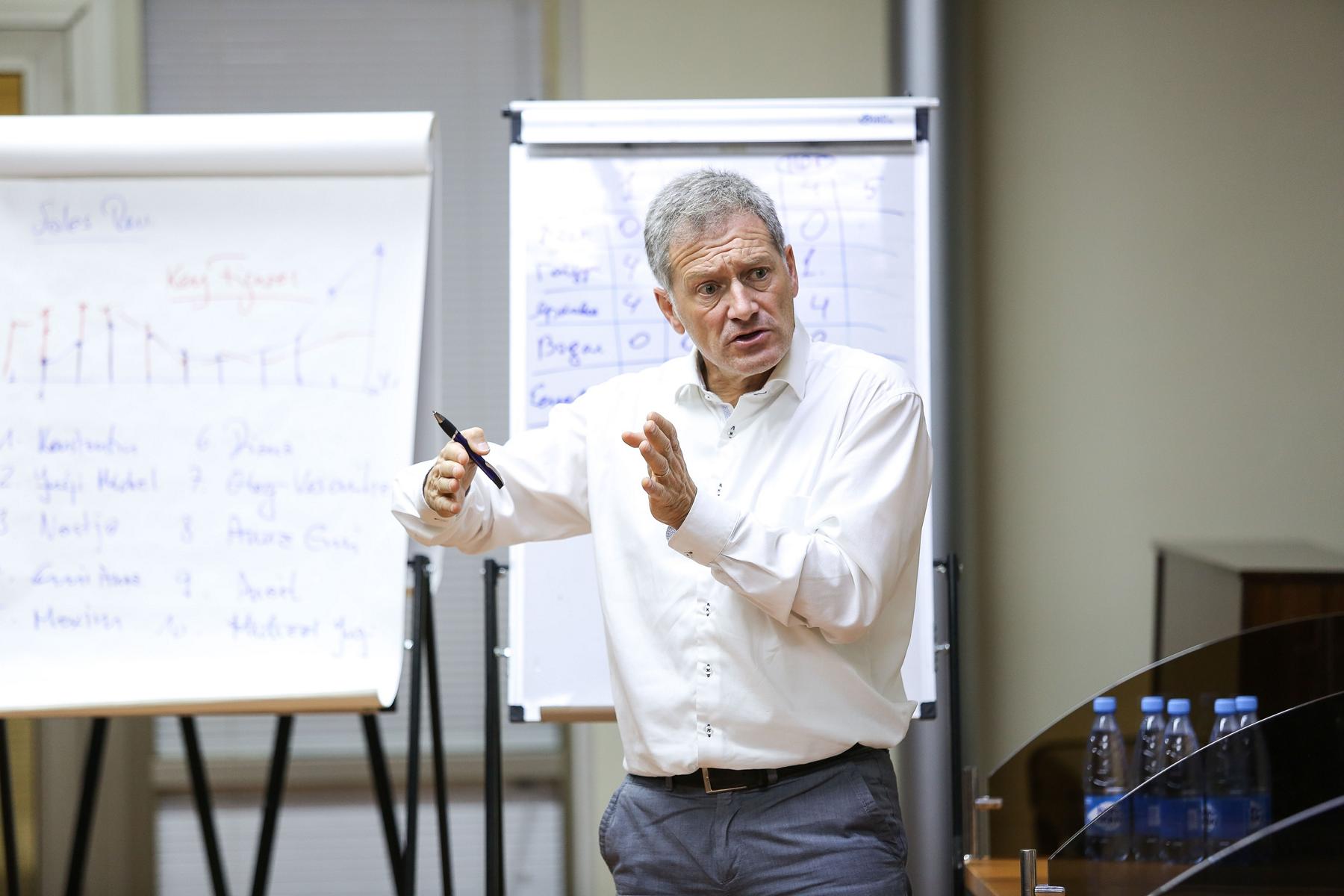
As a Professor at the HSLU Institute for Tourism and Mobility in Lucerne, Switzerland, what would you say are the key ingredients for shaping changemakers and future leaders – what kind of skills do they need, and how can universities help to prepare them for their career in tourism and sustainability?
The key is openness and the admission that new challenges cannot be solved with experience alone, and that constant work on oneself is needed, i.e. further training on specific topics.
Traditional tasks and structures must be questioned, and new approaches must be allowed, i.e. also accepting to work with external third-party opinions/experts/organisations.
To successfully master the challenges of complex sustainability, it is imperative to have a variety of expert knowledge – I don’t know many people who combine all, including myself.
However, it is not necessary to start with Adam and Eve for every question, because there are various tools and schemes in destination management and in the sustainable development of destinations or tourism enterprises that can be used to make progress more effectively, quickly, with lower costs and in a more targeted manner.
Ultimately, however, new forms of cooperation are also necessary: the interface between the private tourism industry and the public authorities requires more intensive dialogue and closer cooperation than just laws on visitor’s taxes and financial contribution for marketing or the like.
Just as 20 years ago DMOs and tourism businesses adapted to the new marketing world of social media (and today it is normal in medium-sized and larger DMOs to hire web designers, social media managers, multimedia content producers or digital marketing specialists and the like), today it is also necessary to upgrade and strengthen towards a more competent and more comprehensive sustainable (tourism) development. This calls for specific knowledge and competence. These are internal development steps to be able to master the external challenges.
My above-mentioned course is intended to help tourism professionals and staff build up an understanding of more sustainable tourism development because as comprehensive as sustainability is, as broadly distributed must be the knowledge.
Thank you, Urs.
Connect with Urs Wagenseil on LinkedIn.
Enjoyed our interview with Professor Urs Wagenseil on sustainable destination management? Thanks for sharing!



